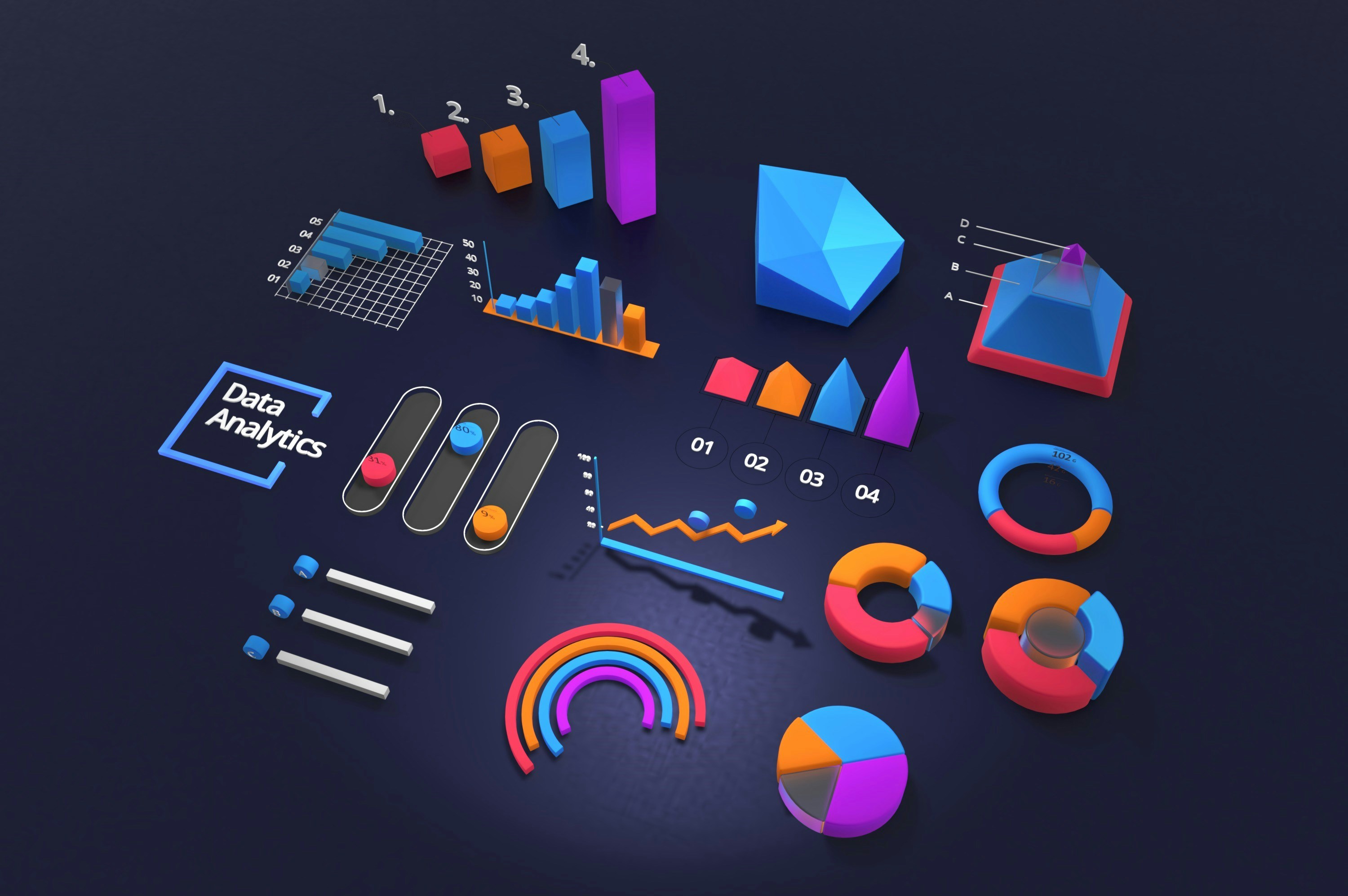What is a Power User? Definition and Overview

If you offer SaaS or you’re in the tech industry in general, you’ve probably heard the term ‘power user’ thrown around a few times. The devotion a power user shows to a specific company or product is the lightning in a bottle that turbo-charges growth and helps insulate companies from challenges by their competitors.
Therefore, it’s important to understand exactly how to attract power users and what they add to your company. Here we explain the term power users, and we tell you who they are, and why your company needs to know how to leverage them for your benefit.
What are Power Users?
Power users are people who have been using your product or service for quite some time and have become intimately familiar with all of its features, quirks, and flaws.
Power users tend to be your biggest fans and the first to point out issues. They’re the people who write long, detailed posts on forums explaining complex technical workarounds for common problems, send bug reports to your staff, and tell everyone they meet that they should be using your product.
In essence, power users are the engine that drives your company forward..
How Do You Identify a Power User?
Knowing the influence that power users wield is only the first step toward using them to your company’s advantage. The second step is picking them out from your user base. If you know what attributes to look for, it’s surprisingly easy to find your power users and create user personas around their needs.
Identifier #1: They’re Repeat Users
Power users use your products or services on a daily or weekly basis. They’ll never let a subscription lapse, and they’ll likely buy at least one copy of every product you sell. Even if they don’t need those products, they want to experience them and leave detailed reviews or requests for your company and other potential users.
Keep in mind, the definition of repeat usage will differ for each company. For a reporting-type SaaS business, it might be once a week. For a podcast streaming service it might be daily. For a chat-type product it might be hours a day. So to identify the power users for your product, you have to determine what high-volume use looks like.
Identifier #2: They’re Vocal and Share Regular Feedback
It’s hard to imagine that a company wouldn’t be aware of at least a few of their power users. Power users rarely let more than a few weeks go by without submitting feedback of some kind. This may be through social media channels, emailing your support team, submitting bug reports, or leaving detailed reviews on your product pages.
Power users are often quick with their praise and suggestions. When you release a new update, power users will typically be the first to reply with a laundry list of comments or praise. However they choose to get in touch, you’ll quickly become familiar with the username and can include them in your beta test groups for new launches.
Identifier #3: They’re Early Adopters
Power users don’t come out of nowhere; the reason they know so much about your product or service is that they’ve either been with you since the beginning or quickly adopted your product after they discovered it. Whether your company is new on the block or has been around for decades, these people have been using your stuff since day one, and they have plenty of experience to share.
For software providers, the people who initially beta-tested your products or services often become power users. For companies that have existed for more than a year or two, the very presence of power users is reassuring. It means that, whatever missteps you might have made, there is a core of dedicated users who are willing to stick by your products and build your reputation.
Identifier #4: They’re Influential
This isn’t always true outside of your sphere of influence, but among your user base, power users are royalty. They have their own form of clout within your other users and may be able to draw in new users as well. If your company has a forum, chat room, or discussion board for users to meet up and discuss aspects of your products or services, you’ll likely see power users become the moderators of such chats or the top-rated answers to questions.Considering how much time, money, and effort they’ve invested into your company, other users often respect their opinions and listen to them.
This influence can also mean that power users may feel a certain sense of entitlement towards your software or products. From their point of view, they have devoted a lot of work into helping you refine your company and bring it to a wider audience, all without any compensation. Power users don’t want money; they want the power to have input into your company.
What is the Difference Between an Administrator and a Power User?
An administrator is someone affiliated with or employed by your company. They have access to aspects of your product or service that normal users don’t. This might mean being on the development or design team, a marketing consultant, or someone else with professional experience hired by you to assess your company’s offerings.
A power user’s only defining features are their loyalty and experience using your product as an individual. They have no legal affiliation with your company. The line can get blurry if you take power user advice and recommendations and make them official, but to be clear: the power user is choosing to assist you in a non-employment context.
What is the Responsibility of a Power User?
A power user has no responsibility because your company doesn’t employ them. Their only obligation is for themselves. On the one hand, they can provide valuable insights about using your product as an individual in a typical setting, something your employees cannot. On the other hand, because they have no ties to your company outside of their loyalty, power users may become frustrated or bored with your product and stop providing any service at all, with little to no warning.
What is a Power User Curve?
A power user curve is a histogram that shows your users broken down into groups based on the number of days they use your product in any given month. This might be the number of times they log into their account on your website, how often they tune into your Twitch channel, or when they utilize your services.
This type of data model will demonstrate how many of your users count as power users or people who use your product, many if not every day of the month, and how many are more casual. Ideally, you’ll want to see a higher percentage of power users than casual users, but some of your data will depend on the industry you’re in.
How Can Power Users Benefit My Business?
First, power users are often the gas in the growth engine for a company. They’re monthly recurring revenue (MRR) you can count on, they tend to have very high customer lifetime values (CLVs) and can reduce your customer acquisition cost (CAC) because they help bring in new users. As long as you use product analytics to track the features your power users use and where they get stuck, you’ll be able to stay ahead of any problems and keep them happy.
Second, power users will often broadcast your services and tout how great your company is, increasing your net promoter score (NPS) and drawing in new users.
Third, power users can act like unofficial customer success. They provide answers to questions casual users post to forums, they serve as moderators in your chat rooms, they provide regular feedback and bug reports and they tell you what they want to see in future updates or releases.
Conclusion
Developing devoted, experienced power users will keep gas in your engine of growth. They provide income you can count on, their behavior shows you the strengths and weaknesses of your product and they serve as a promoter of your product out in the world. To stay on top of and leverage your power user base, you need a behavioral analytics tool like Kissmetrics. For more information about analyzing the data power users can provide, check out Kissmetrics to get the inside scoop on your users.
Sources:
The Problem With Power Users | Usability Geek
Power User Curve For Mobile Marketing Superheroes | Clever Tap
The Power User Curve: The Best Way to Understand Your Most Engaged Users


